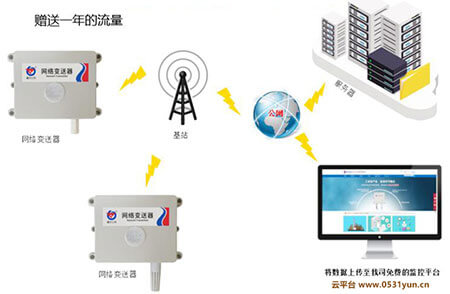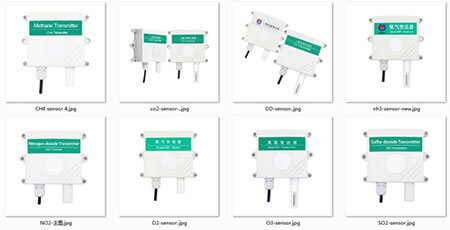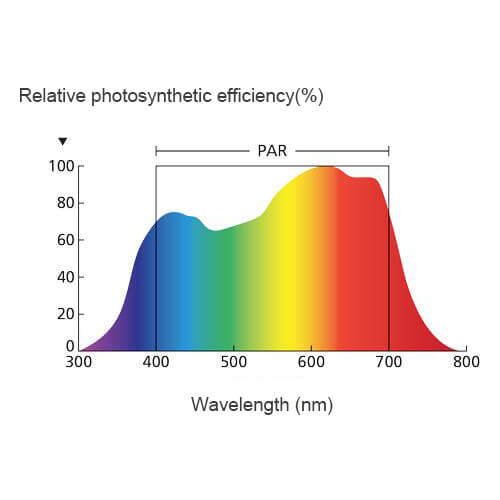In the industry, common gas sensors include electrochemical gas sensors, catalytic combustion gas sensors, semiconductor gas sensors, and infrared gas sensors. Different types of sensors have different performances, usage methods, applicable gases, and applicable occasions due to their different principles and structures.

For example, hydrogen sulfide, nitrogen monoxide, nitrogen dioxide, sulfur dioxide, carbon monoxide and other flammable, toxic and harmful gases are electrochemically active and can be electrochemically oxidized or reduced. The Jianda Nishina Electrochemical Gas Transmitter produced by our company is based on this principle and uses these reactions to distinguish the composition of various gases and detect the concentration of various gases.
Advantages of electrochemical gas sensor:
1. Stable performance, good measurement linearity, low power consumption and good resolution.
2. Good repeatability and accuracy. Once calibrated to a known concentration, the sensor will provide repeatable and accurate target gas readings.
3. Not polluted by other gases. The presence of other ambient gases will not shorten the life of the sensor.
4. It can effectively measure most toxic and harmful gases.
In terms of gas types, Shandong Renke has developed 13 gas transmitters including carbon monoxide sensors, carbon dioxide sensors, sulfur dioxide sensors, nitrogen dioxide sensors, hydrogen sulfide sensors, ozone sensors, formaldehyde sensors, methane sensors, and oxygen sensors.

From the transmitter housing, the gas transmitter has a variety of housings such as wall-mounted prince housing, big prince housing, explosion-proof housing, pipe housing, and louver box.











